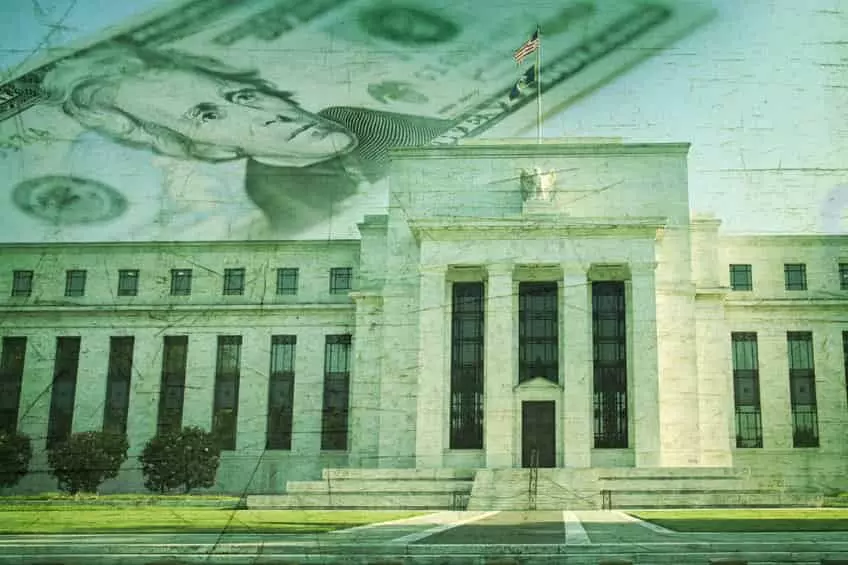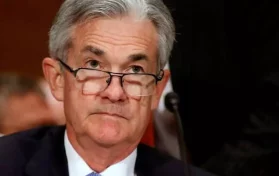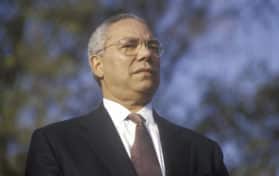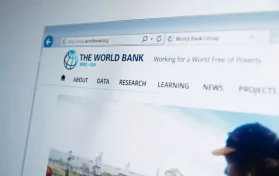
Last week, Fed chair Jerome Powell said after a two-day meeting of the central bank, that an interest rate hike – or multiple hikes – could be expected during 2022. On Friday, economists at the Bank of America stated that not only did they expect at least a few interest rate hikes in the coming year, but they say “expect the Federal Reserve to hike interest rates at every meeting for the remainder of the year.”
The Fed appears to believe raising interest rates will be one of the only ways to combat the highest inflation Americans have seen in four decades.
Bank of America economist Ethan Harris and his colleagues released a statement to the bank’s clients that predicted no less than seven rate hikes throughout 2022. Harris imagines these rate hikes to be in increments of a quarter percentage point each time, with the interest rate at the year’s end between 2.75 and 3.0 percent.
In the release, the Bank of America economists said, “The Fed has all but admitted that it is seriously behind the curve; this (interest rate hike) should affect the economy with a lag, weighing in on 2023 growth.”
An upcoming interest rate hike will be the first in three years, with December 2018 being the last year the Fed raised interest rates. Although most economists believe the first rate hike will take place in March, Fed chair Jerome Powell said that a rate hike would likely take place “soon.”
Powell released a statement after the two-day central bank meeting last Wednesday: “With inflation well above two percent and a strong labor market, the committee expects it will soon be appropriate to raise the target range for the federal funds rate.”
The next meeting of the central bank is scheduled for March 15 – 16. However, there are six more meetings during the 2022 calendar year, in May, June, July, September, November, and December. Bank of America economists believe at each upcoming meeting, beginning with the March meeting, the Fed will announce an interest rate hike.
Bank of America isn’t the only bank on Wall Street that is expecting interest rate hikes throughout the year. Goldman Sachs has predicted up to five interest rate hikes. Deutsche Bank shares the same prediction as Goldman, while TD Securities predicts no more than four of those hikes. Even traders expect at least five rate hikes, most of which should come before the November meeting. Most Wall Street banks believe there will be four hikes by the end of September 2022, according to the trader tracking CME group.
Typically, the Fed follows its own dual mandate for interest rate hikes: prices must be stable and there must be full employment. However, the nation’s jobless rate in December was 3.9 percent (during the pandemic, this number soared to 14.7 percent). Consumer prices were up 7.1 percent from December 2020. Powell said on Wednesday that the current unemployment rate was about as close to full employment as it was going to get.
Currently, Americans are seeing the greatest surge in inflation since 1982. Consumer demand is constantly met by supply chain issues, causing a shortage in goods, which always causes prices to rise.
There are those economists who believe the Fed has waited too long to issue these interest rate hikes, and that interest rate hikes will not have the intended effect. However, still others believe that “moving too quickly to stabilize prices risks slowing hiring and potentially leaving many workers without a job.” This could hit lower-income Americans hardest. Often, raising interest rates causes banks to hike rates on both consumer and business loans, which often slows the economy and forces employers to cut bank on spending.
Often, that spending is cut in the form of lay-offs of workers rather than cutting wages or other expenses.
However, Powell told reporters that hiking the interest rate would require the Fed to be “humble and nimble” in their procedures. Powell told reporters: “We’re going to be led by the incoming data and the evolving outlook.”





